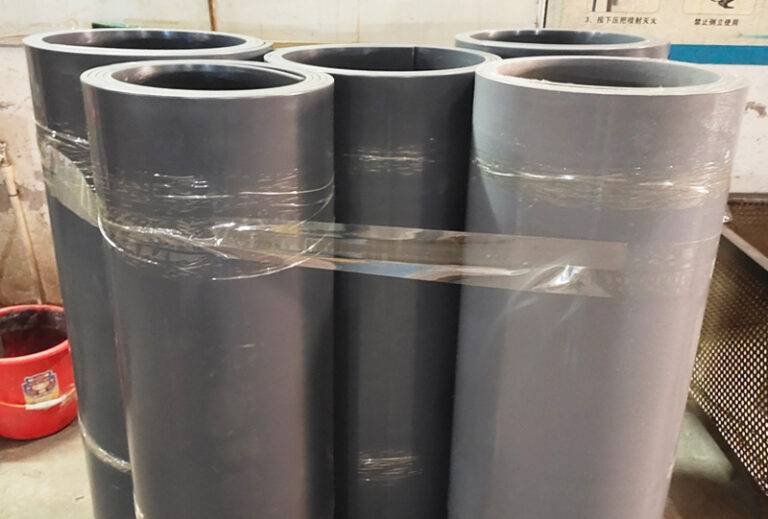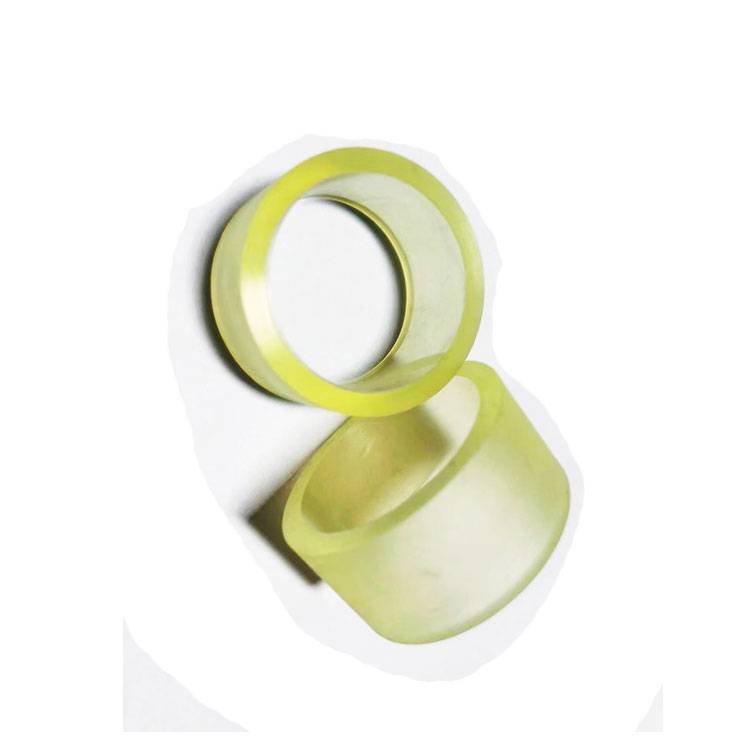As industries strive to reduce their environmental impact, manufacturers are increasingly looking for sustainable materials that offer both performance and eco-friendliness. Polyurethane (PU) has emerged as a powerful solution, not only for its versatility and durability but also for its role in minimizing carbon emissions throughout manufacturing and usage. From energy savings to resource conservation, polyurethane’s unique properties make it a valuable asset in reducing the carbon footprint across a variety of industries.
This article explores how polyurethane contributes to carbon footprint reduction, offering insights for manufacturers interested in sustainable solutions.

1. Energy Efficiency in Production
One of the most immediate ways polyurethane contributes to a lower carbon footprint is through an efficient production process. Compared to metals and other synthetic materials, manufacturing polyurethane generally requires less energy, translating to reduced greenhouse gas emissions.
- Advantages: By utilizing less energy, polyurethane production helps minimize emissions associated with fossil fuel use and lowers the overall environmental impact.
- Sustainable Impact: When used as an alternative to metal or dense plastics, polyurethane not only requires less energy to produce but also results in lighter components, further contributing to energy conservation during transportation and application.
Why It Matters: Reducing energy use in manufacturing aligns with global goals to cut down emissions, and polyurethane’s energy-efficient production process helps companies meet these sustainability objectives.
2. Lightweighting for Fuel and Energy Savings
Polyurethane’s high strength-to-weight ratio makes it an ideal candidate for lightweighting applications, especially in the automotive and aerospace industries. By replacing heavier materials with lighter, yet durable, polyurethane, manufacturers can achieve significant fuel and energy savings. Lighter components reduce the energy required to transport products and operate machinery, resulting in a reduced carbon footprint over the lifespan of the equipment or vehicle.
- Applications: PU is widely used in automotive parts, conveyor belts, and other industrial equipment where reducing weight directly correlates with lower energy consumption.
- Environmental Impact: With lightweighting, polyurethane helps reduce fuel usage, which in turn reduces CO₂ emissions from transportation and industrial equipment operations.
Why It Matters: Lowering fuel consumption through lightweighting is a direct path to reducing greenhouse gas emissions, benefiting industries and the environment alike.
3. Improved Insulation for Energy Conservation
Polyurethane foam is one of the most effective insulation materials available, used extensively in construction, refrigeration, and heating systems to improve energy efficiency. By providing superior thermal insulation, PU foam helps minimize energy loss in buildings and equipment, which translates to reduced heating and cooling needs and, therefore, lower emissions.
- Applications: Polyurethane insulation is essential in HVAC systems, cold storage facilities, and industrial buildings, helping to maintain temperature stability and reduce energy demand.
- Environmental Impact: With its high insulation value, polyurethane reduces energy consumption for temperature control, lowering emissions over the lifetime of insulated equipment.
Why It Matters: Energy-efficient insulation made from polyurethane supports global energy conservation goals by cutting down on the power required for heating and cooling, which directly reduces associated carbon emissions.
4. Durability Reduces Material Waste
Polyurethane is highly durable, with excellent resistance to wear, abrasion, and environmental stress. This longevity means that polyurethane components require less frequent replacement, resulting in reduced material consumption and lower waste. Fewer replacements mean fewer resources are needed over time, which contributes to sustainable material use and conservation.
- Applications: Polyurethane’s durability is beneficial in industrial machinery, automotive parts, and protective coatings, where it can withstand prolonged use without deterioration.
- Environmental Impact: Reduced need for replacements translates to lower material usage, waste, and the associated emissions from manufacturing new components.
Why It Matters: Extending the lifespan of products with durable materials like polyurethane helps reduce waste and conserves resources, supporting a more sustainable approach to manufacturing.
5. Reduced Emissions through Recyclability
Polyurethane recycling is becoming increasingly viable, with advanced techniques enabling the reuse of PU materials through both mechanical and chemical recycling. Recycled polyurethane can be repurposed into new products, reducing the need for virgin materials and minimizing the emissions associated with the production of new materials.
- Applications: Recycled PU is commonly used in products like insulation, carpet underlay, and industrial components, allowing manufacturers to close the loop and support circular economy principles.
- Environmental Impact: By enabling the recycling of PU, companies reduce the demand for raw resources and lower their overall carbon footprint by minimizing emissions from raw material extraction and processing.
Why It Matters: Embracing recyclable materials supports a more circular economy and reduces waste, ultimately contributing to a lower environmental footprint.
6. Bio-Based Polyurethane for a Greener Future
In recent years, bio-based polyurethanes have gained traction as a sustainable alternative to traditional PU. By incorporating renewable sources, such as plant-based polyols derived from soybeans and castor oil, bio-based PU helps reduce reliance on fossil fuels. This shift towards renewable feedstocks reduces carbon emissions associated with the extraction and processing of petroleum-based resources.
- Applications: Bio-based polyurethane is increasingly used in automotive parts, footwear, and furniture, providing an eco-friendly alternative to conventional PU.
- Environmental Impact: By using renewable materials, bio-based PU contributes to lower emissions, supporting the development of sustainable materials in manufacturing.
Why It Matters: Bio-based PU aligns with the goals of reducing reliance on fossil fuels and promoting renewable resources, making it an attractive option for companies committed to sustainability.

The Role of Polyurethane in a Low-Carbon Future
As industries work towards lowering their carbon footprint, adopting materials like polyurethane that support energy efficiency, durability, and recyclability can make a significant impact. With its wide range of applications and sustainable advantages, polyurethane stands out as a vital material in reducing environmental impact and enhancing eco-friendly practices.
Pengde Rubber Plastic Co., Ltd. is dedicated to providing high-quality polyurethane products designed to support sustainability goals. Our offerings include:
- Polyurethane Rubber Sheets: Durable, high-performance sheets that extend product lifespan and reduce material waste.
- TPU Belts: Lightweight, flexible belts that improve fuel efficiency and reduce emissions in industrial applications.
- Polyurethane Squeegees: Long-lasting, recyclable solutions that support material conservation.
For more information on how polyurethane can help your business reduce its carbon footprint, contact us at pengde2@pengde-pu.com. Let us support your commitment to a more sustainable, low-carbon future.


